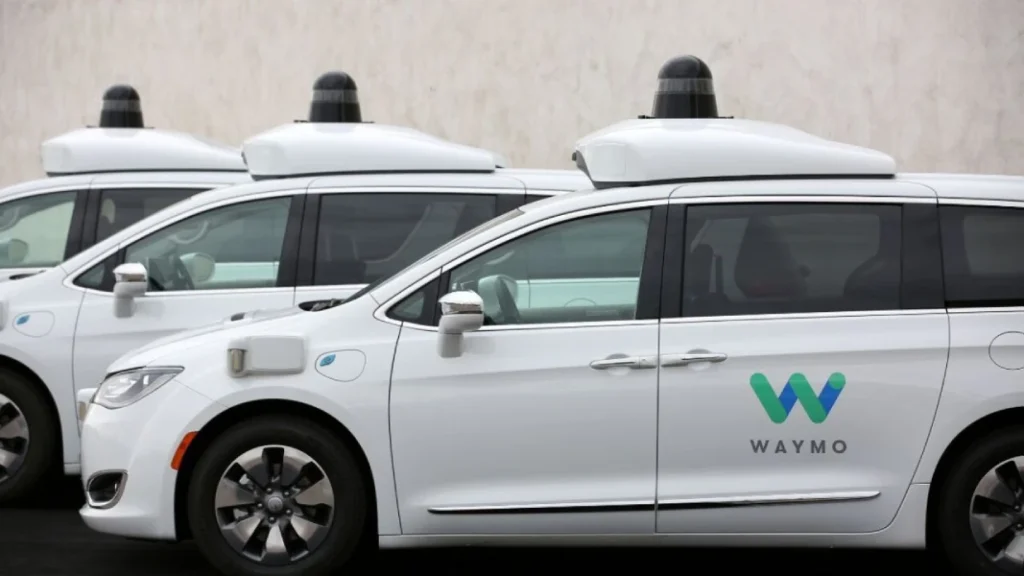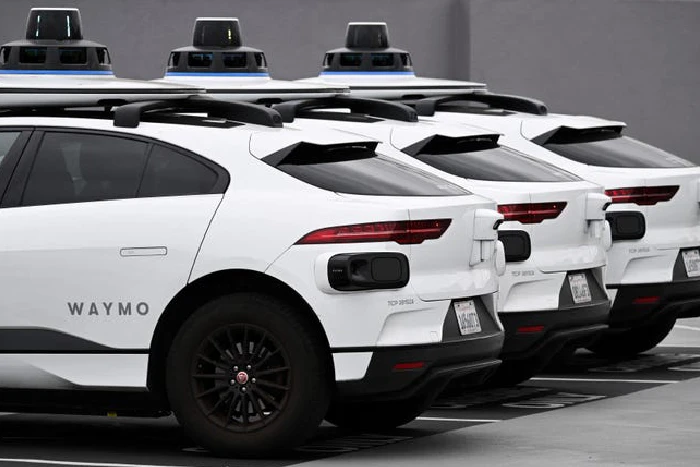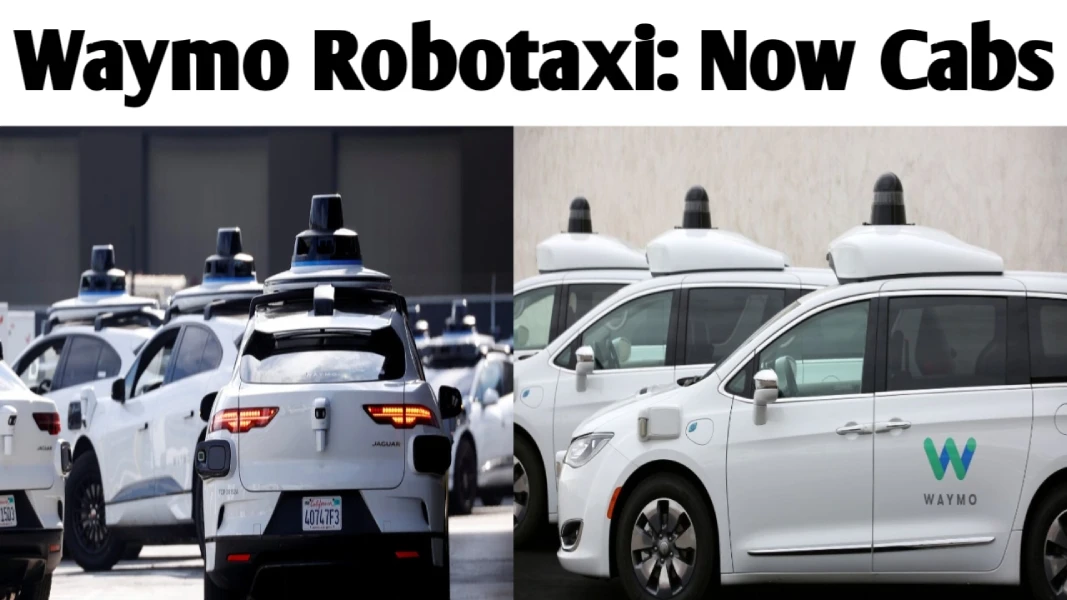The future of transportation is unfolding before our eyes, and one of the most fascinating innovations is the emergence of driverless cabs. Among the pioneers in this space is Waymo, an autonomous vehicle technology company born from Google’s self-driving car project. Their service, known as the Waymo Robotaxi, promises a new era where cabs operate without human drivers.
But with such groundbreaking technology comes a critical question: How safe is the Waymo Robotaxi system? In this article, we will explore the technology behind Waymo Robotaxi, its safety measures, real-world performance, challenges, and what the future holds.
What is Waymo Robotaxi
The Waymo Robotaxi is a fully autonomous ride-hailing service that operates without a human driver behind the wheel. It uses an array of sophisticated sensors, cameras, and advanced software to navigate roads and transport passengers safely.
Originally part of Google’s self-driving car project launched in 2009, Waymo became an independent company under Alphabet Inc. in 2016. Since then, it has become a leader in autonomous driving technology, conducting millions of miles of testing on public roads and in simulations.
The Robotaxi service is operational in select cities like Phoenix, San Francisco, and parts of Los Angeles. Passengers use a mobile app to book rides, and the vehicle arrives without a driver, opening its doors automatically for entry.
How Does the Waymo Robotaxi Work
At the core of Waymo Robotaxi is the Waymo Driver — a combination of hardware and software that enables full autonomy:
- LiDAR (Light Detection and Ranging): This sensor sends out laser pulses to create detailed 3D maps of the surroundings, allowing the vehicle to detect obstacles, pedestrians, and road features with incredible precision.
- Radar Sensors: These complement LiDAR by detecting objects and their speed, especially in conditions like fog, rain, or dust where visibility is low.
- Cameras: Multiple cameras provide 360-degree vision, capturing color, shape, and movement to help the system recognize traffic signals, road signs, and other vehicles.
- AI and Machine Learning: Waymo’s software continuously analyzes sensor data in real-time to make driving decisions. It’s capable of navigating complex environments, predicting the behavior of other road users, and reacting accordingly.
The system continuously updates maps and software through over-the-air updates, improving performance and safety over time.
SaTfety Features That Make Waymo Robotaxi Stand Out

Waymo Robotaxi
Safety is the foundation of Waymo’s philosophy. The company employs a multi-layered safety strategy that includes:
- Redundancy: Critical systems like braking, steering, and power have backups to ensure continued operation if one component fails.
- Extensive Testing: Waymo vehicles have driven over 20 million miles on public roads and more than 20 billion miles in simulation to train the AI in a wide range of scenarios.
- Driverless Emergency Support: Although there is no human driver, Waymo provides remote operators who can intervene or assist if the car encounters an unexpected situation.
- Obstacle Detection and Collision Avoidance: The car can detect pedestrians, cyclists, animals, and sudden obstacles and perform emergency stops if necessary.
- Predictive Behavior Modeling: The AI predicts actions of nearby vehicles and pedestrians to avoid collisions proactively.
- Continuous Monitoring: Vehicles communicate with cloud servers for monitoring and diagnostics, enabling swift identification of any malfunctions.
Real-World Performance and Safety Records
Public trust is vital for autonomous vehicles, and safety data is a major factor. Waymo has been transparent in sharing its safety reports, which reveal promising results:
| Metric | Value |
|---|---|
| Public Road Testing Miles | Over 20 million miles |
| Simulation Miles Driven | Over 20 billion miles |
| Number of Collisions Reported | 18 (mostly minor, non-injurious) |
| Number of Passenger Trips | Over 500,000 trips |
| Fatalities or Serious Injuries | Zero reported |
These numbers reflect rigorous safety testing. Most collisions involved other drivers or were minor incidents, often with Waymo vehicles being struck while stationary or yielding.
Independent studies, such as from the RAND Corporation, suggest that autonomous vehicles like Waymo could reduce road accidents caused by human errors — which make up about 94% of traffic crashes worldwide.
Waymo What Do Passengers Say
Early users of Waymo Robotaxi often describe the experience as smooth and surprisingly comfortable. Without a driver, some feel a mix of excitement and nervousness, but many report quickly adapting and trusting the technology.
Waymo’s in-car interface includes touchscreens with ride information, emergency buttons, and audio instructions, providing reassurance to passengers. The vehicles have been praised for cautious driving—sometimes slowing down or stopping more than a human driver might—but this careful approach is part of their safety-first design.
Robotaxi Challenges and Limitations
Despite impressive advances, Waymo Robotaxi faces challenges:
- Operational Geography: Currently, Waymo operates in limited, well-mapped, geo-fenced zones where the environment is predictable. Expanding beyond these areas is complex.
- Complex Traffic Scenarios: Unusual situations such as construction detours, erratic human drivers, and emergency vehicle interactions remain difficult.
- Weather Conditions: Heavy rain, snow, or fog can impair sensors, though Waymo’s multi-sensor approach helps mitigate this.
- Public Acceptance: Building trust is ongoing. Surveys indicate many people remain wary of fully autonomous vehicles.
Comparing Waymo Robotaxi With Other Autonomous Technologies

Waymo Robotaxi
Waymo Robotaxi is classified as Level 4 autonomy, which means it can drive itself without human intervention in certain conditions and areas.
Tesla’s Autopilot and Full Self-Driving (FSD) features, for example, are considered Level 2 or Level 3, requiring driver attention and readiness to take control at any time.
Waymo uses LiDAR alongside cameras and radar, while Tesla relies mostly on cameras and AI vision software. This difference often gives Waymo an edge in safety and situational awareness.
The Future of Waymo Robotaxi
Waymo plans to expand its Robotaxi service to more cities in the U.S. and internationally. They’re also exploring autonomous delivery services and partnerships with companies like UPS and Walmart.
Here’s a snapshot of Waymo’s projected growth:
| Year | Cities Covered | Fleet Size Estimate | Service Expansion Plans |
|---|---|---|---|
| 2023 | Phoenix, San Francisco | 300+ | Public ride-hailing tests |
| 2024 | Los Angeles, Austin | 600+ | Broader commercial operations |
| 2025+ | Chicago, New York (planned) | 1,000+ | Full commercial rollouts |
How Safe Is Waymo Robotaxi Really
In conclusion, while no transportation method is 100% risk-free, Waymo Robotaxi’s extensive testing, advanced technology, and cautious real-world approach make it one of the safest options on the road today.
With over 20 million miles of public road testing and zero fatalities, Waymo’s driverless cabs demonstrate a promising future in reducing human error-related accidents.
As the technology evolves and expands, the public’s trust will grow, ushering in a new era where hailing a cab without a driver becomes normal. NHTSA Automated Vehicles

